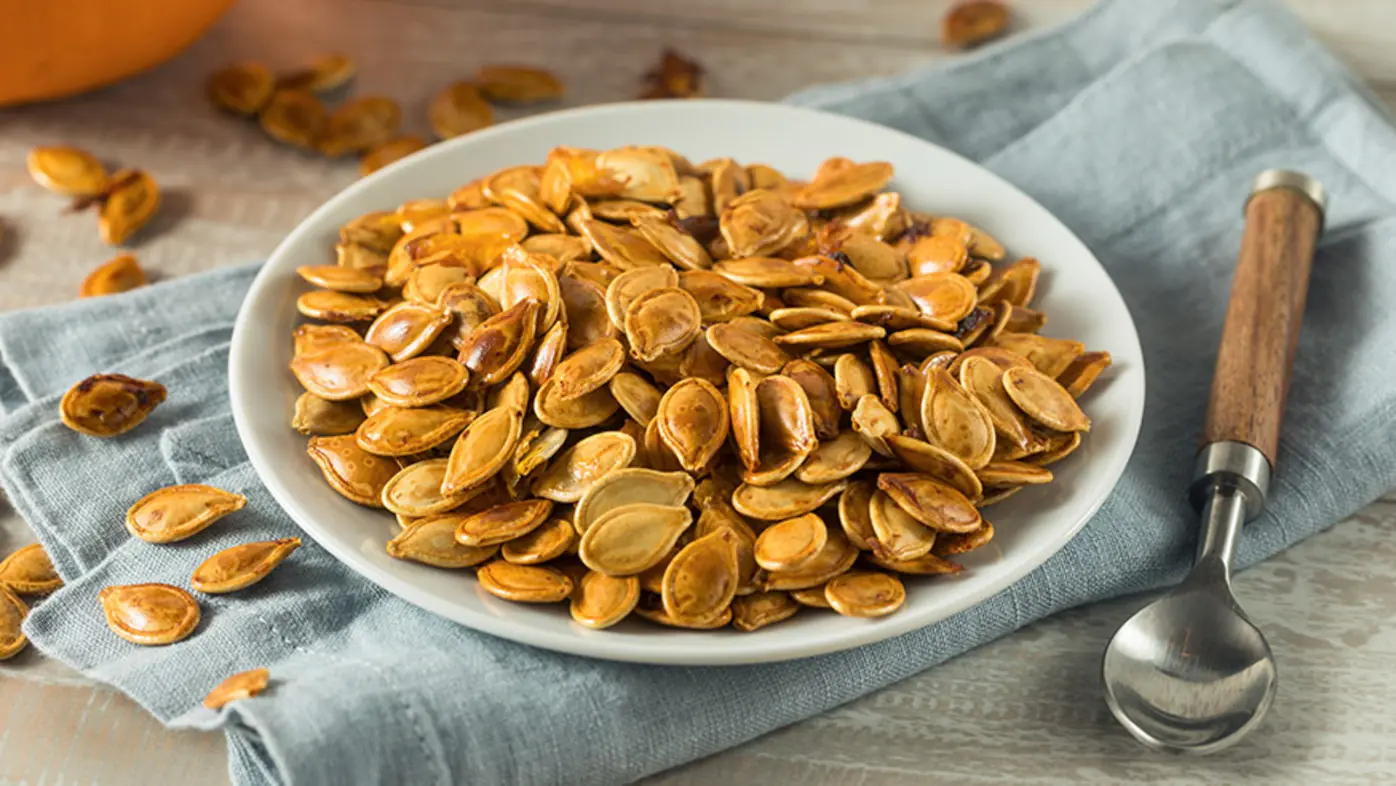
No Refrigerator Needed: 6 Ancient Ways to Keep Eggs Fresh for a Month
For centuries, eggs have been a staple food in households worldwide. Today, refrigeration is the standard way to keep eggs fresh, but before electricity, people relied on resourceful and natural techniques. These traditional methods could keep eggs edible for weeks or even months, proving that preservation does not always require modern technology. Surprisingly, many of these approaches are still useful today, especially in rural or off-grid living. In this article, we explore six ancient methods that allowed people to keep eggs fresh for a month without refrigeration.
1. Preserving Eggs in Wood Ash
One of the oldest preservation methods was to bury eggs in clean wood ash. This worked because ash acted as a natural sealant and protective barrier.
How it worked:
-
Ash filled the pores of the eggshell, preventing moisture loss.
-
Its alkaline properties created an environment that discouraged bacterial growth.
Benefits:
-
Eggs remained fresh for several weeks.
-
This method required only leftover ash from fireplaces or stoves, making it easily accessible and cost-free.
2. Coating Eggs with Oil or Fat
Another common trick was coating eggs with natural oils or fats such as olive oil, sesame oil, or melted animal fat. The purpose was to mimic the egg’s natural protective layer, known as the bloom.
How it worked:
-
Oil created a thin film around the eggshell, sealing the pores.
-
This barrier stopped air from entering and reduced moisture loss.
Benefits:
-
Eggs stayed fresher for longer periods.
-
It was simple, inexpensive, and often enhanced the smooth appearance of the shell.
3. Using Salt or Brine for Storage
Salt has been valued for centuries as a natural preservative, and eggs were no exception. People either packed eggs in dry salt or submerged them in salty water (brine).
How it worked:
-
Salt absorbed excess moisture from the environment.
-
Brine covered the eggs completely, limiting contact with air.
Benefits:
-
The method extended shelf life for weeks.
-
Sometimes it added a unique flavor to the eggs, making them more versatile in cooking.
4. Covering Eggs in Clay or Lime Mixtures
Rural communities often sealed eggs with a paste made of clay, lime, or even mud. Once hardened, the coating formed a protective shell.
How it worked:
-
The dried layer sealed the eggshell’s pores.
-
It kept oxygen out and maintained internal freshness.
Benefits:
-
Eggs stored this way could last up to a month.
-
Materials were cheap and widely available in farming communities.
5. Storing Eggs in Grain Containers
Farmers frequently used grains such as rice, oats, or wheat to preserve eggs. Eggs were buried in bins filled with dry grains, which served as natural protectors.
How it worked:
-
Grains absorbed moisture and shielded eggs from humidity.
-
They also cushioned eggs from damage and temperature changes.
Benefits:
-
Eggs remained fresh while staying safe from pests.
-
This method combined food storage with egg preservation, saving space.
6. Immersing Eggs in Water Glass Solution
Later in history, people discovered that immersing eggs in a solution made from sodium silicate (known as water glass) helped preserve them.
How it worked:
-
The liquid created a solid barrier over the eggshell.
-
This prevented air and bacteria from penetrating.
Benefits:
-
Eggs could stay fresh for weeks or even longer.
-
They retained nearly the same taste and texture as freshly laid eggs.
Why These Methods Worked
All six methods share one principle: protecting the porous eggshell from air and bacteria. By sealing the shell and reducing exposure to moisture or contaminants, eggs maintained their natural freshness for a longer period.
Advantages of Ancient Egg Preservation
-
No electricity required – Ideal before refrigeration and useful even today in off-grid living.
-
Low cost – Relied on natural, easily available materials such as ash, oil, or grains.
-
Eco-friendly – Reduced waste and dependence on energy-heavy appliances.
-
Practical knowledge – Passed down through generations, these techniques showcase human creativity in food preservation.
Applying These Lessons Today
Although modern refrigeration is convenient, these ancient methods still hold value. They can be applied during emergencies, power outages, or in areas without reliable electricity. Farmers with surplus eggs can also use them to reduce spoilage. Beyond practicality, these methods remind us of the wisdom of past generations and their ability to solve problems with simple tools.
Conclusion
Long before refrigerators became common, people developed reliable ways to keep eggs fresh. By using ash, oil, salt, clay, grains, or water glass, they could extend shelf life for a month or more. These six ancient methods prove that natural solutions can be both effective and sustainable.
The next time you wonder how to store eggs without refrigeration, remember these traditional techniques. They not only kept food safe but also highlight the ingenuity of our ancestors—an inspiration for households even today.
News in the same category


Super Simple Toilet Cleaning Tip Using Just a Toilet Paper Roll Core and Vinegar

Your Washing Machine Has a Special Setting That Dries Clothes Faster – Most People Don’t Know About It

Pour Vinegar on Clothes – A Surprising Benefit You Never Knew

Six Reasons Why a Freestanding Kitchen Is Better Than a Built-In One

Six Ways a Home Renovation Can Cause Mold

During Humid Weather, Place a Pair of Scissors into Your Rice Container – A Surprising Use That Few People Know

A Simple and Quick Trick to Clean Stains on Clothes

Pour Soda onto a Bar of Soap: A Clever Trick That Brings Great Benefits, Loved by Every Household

Don’t Throw Away Old Newspapers: Discover 6 Incredible Hacks to Make Life More Convenient

Place a Bar of Soap in the Toilet — It Has an Amazing Effect That You’ll Wish You Had Known Sooner

Yellowed and Slimy Face Towels or Bath Towels? Don’t Throw Them Away Yet: Try This Method to Make Them Fresh, White, and Clean Like New

Mix Toothpaste with This Simple Ingredient for an Amazing Effect — You Should Try It Right Away

Pouring White Sugar into Laundry Detergent: A Simple Trick Every Household Will Love, Saving a Significant Amount Each Year

With Just White Vinegar Mixed with Soap, You Can Effortlessly Clean Every Corner of Your Home

Clogged Pipe? Quick and Simple Hacks to Solve It Without Calling a Repairman – Save Time and Money

Creative DIY Trick: How Two Old Toothbrushes Can Solve Everyday Household Challenges

The Benefits of Chicken Feet Stewed with Black Beans – As Powerful as Ginseng
News Post

The Best Home Remedies for a Sinus Infection

Stomach Pain and Nausea: Causes, Symptoms, and Treatments

Three-Day Lymphatic Cleanse to Keep You Healthy All Year Long

Three-Day Lymphatic Cleanse to Keep You Healthy All Year Long

Scientifically Proven Benefits of Pumpkin Seeds (Pepitas) and Pumpkin Seed Oil

Top 8 Most Power-Hungry Devices, Using Twice as Much Electricity as Air Conditioners: Remember to Unplug After Use or Your Bills Will Skyrocket

Mosquitoes Fear This Simple Bowl of Water — Place It in Your Home, and Even the Most Persistent Mosquitoes Will Leave, Letting You Sleep Peacefully

Super Simple Toilet Cleaning Tip Using Just a Toilet Paper Roll Core and Vinegar

Do You Think Like an FBI Agent

The Mystery of the Milk Bottle Dent

What Happens When You Eat 3 Whole Eggs Every Day…You’ll Be Surprised What It Does To Your Body!

What Your Favourite Chocolate Says About You

More people are dying from heart failure, doctors warn: give up these 4 habits now

Think Bottled Water Is Safer Think Again

Saw This Trick For Oven Cleaning

1 cup to destroy inflammation, clear mucus & unclog sinus, chest, and lungs!

7 silent signs of high blood sugar most people miss

Every Time You Hold Back Your Anger, Your Brain Rewires Itself to Be Calmer And More Loving
